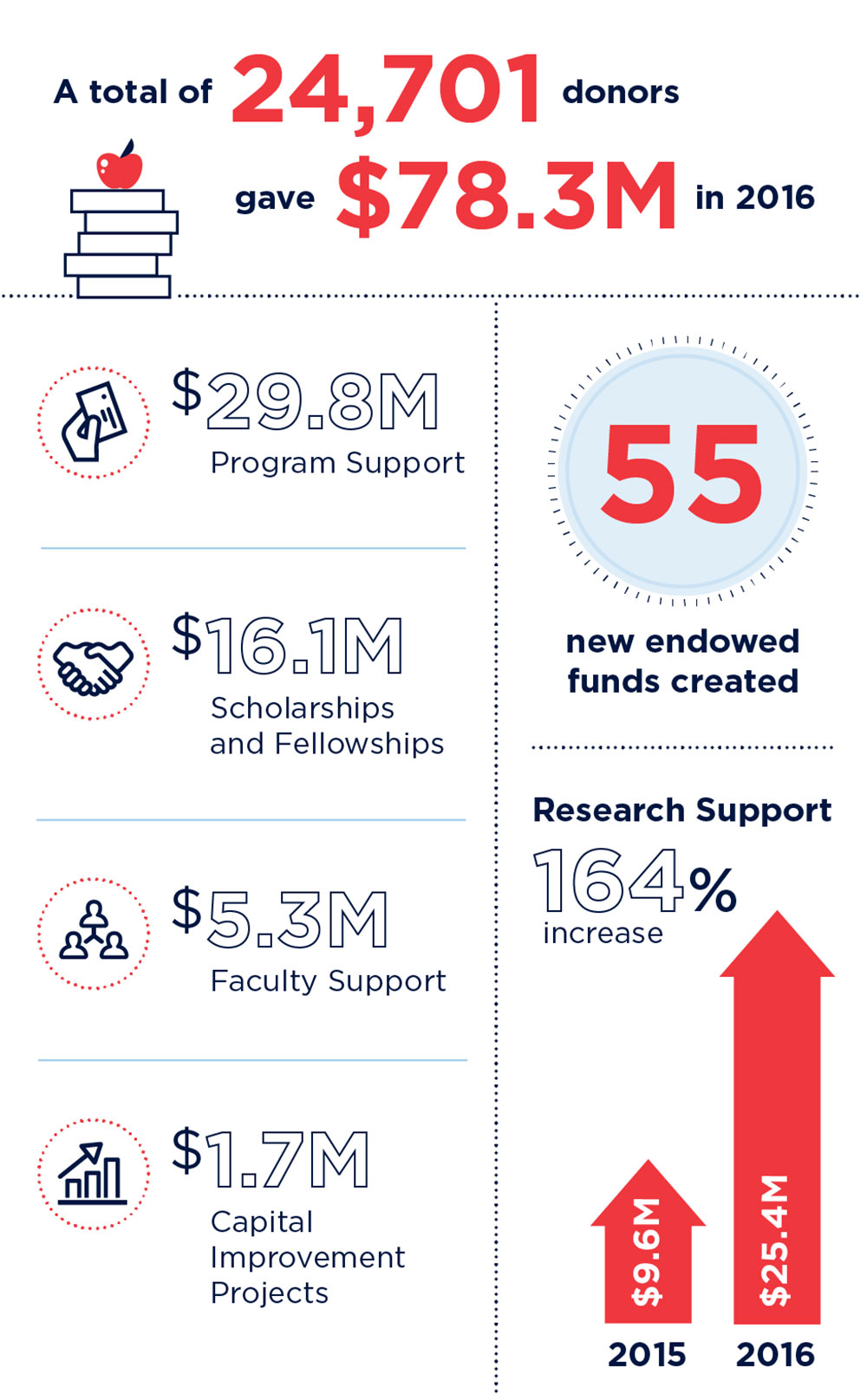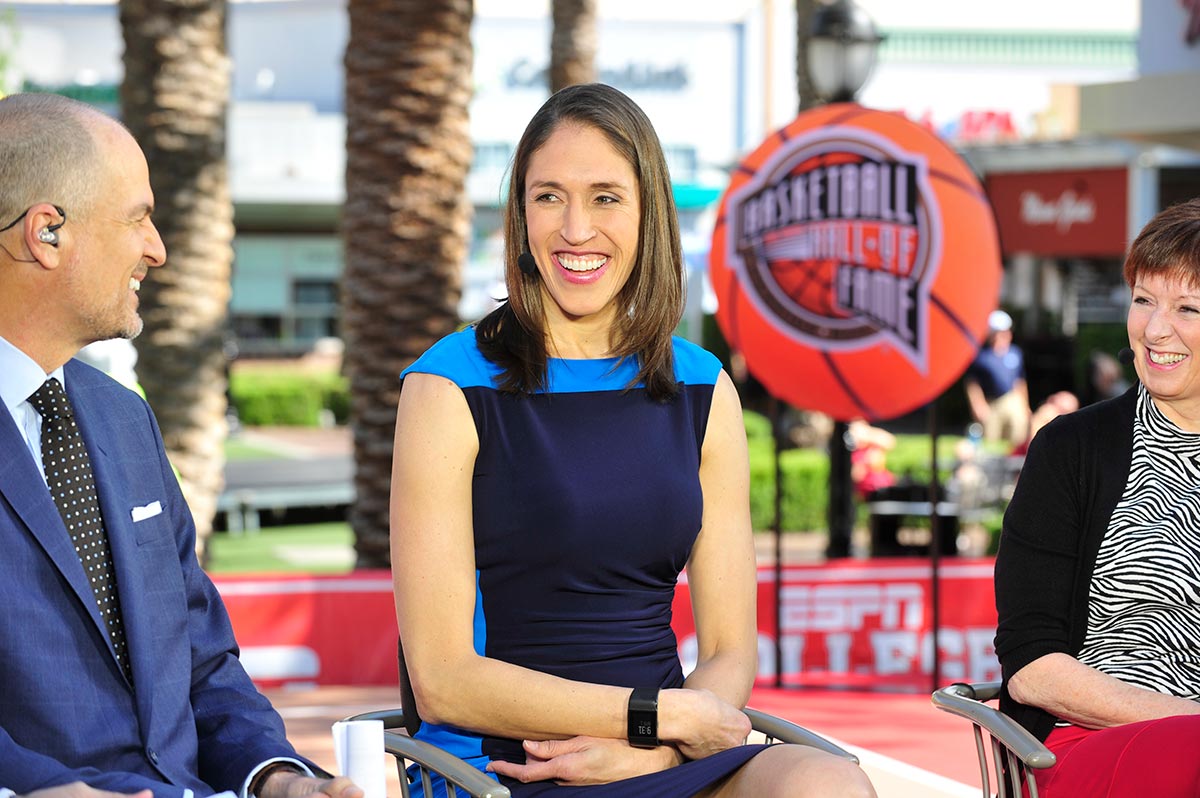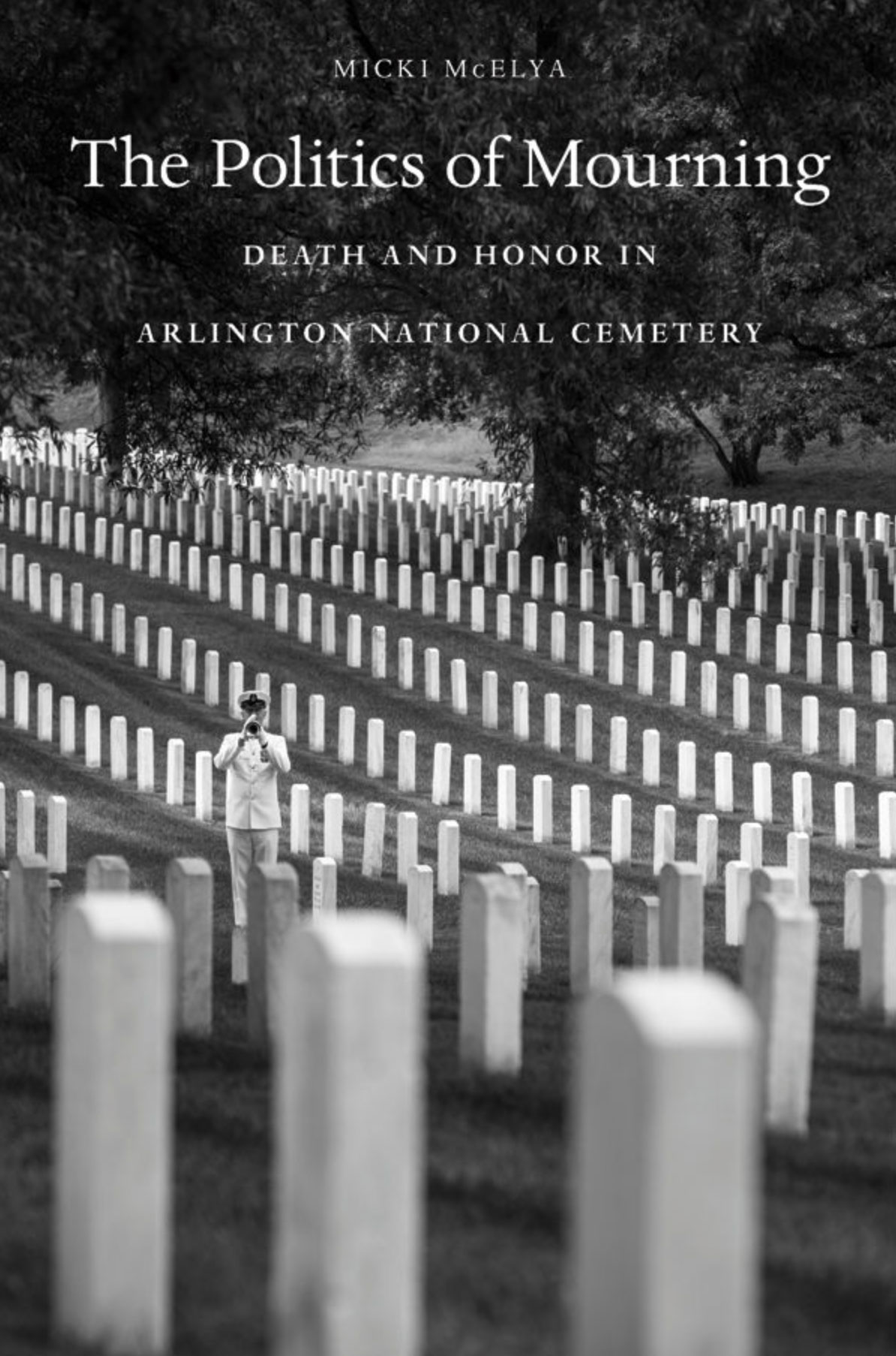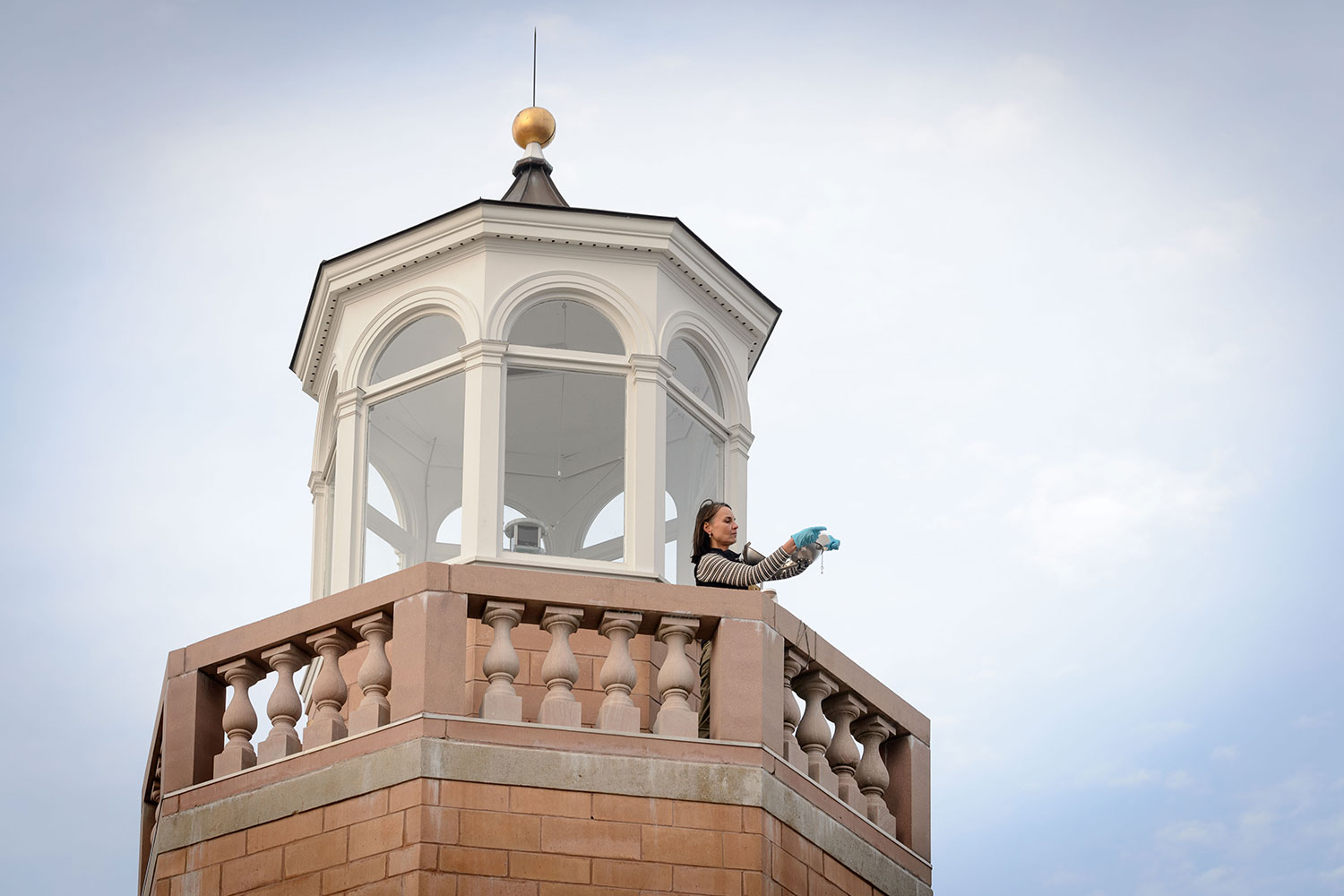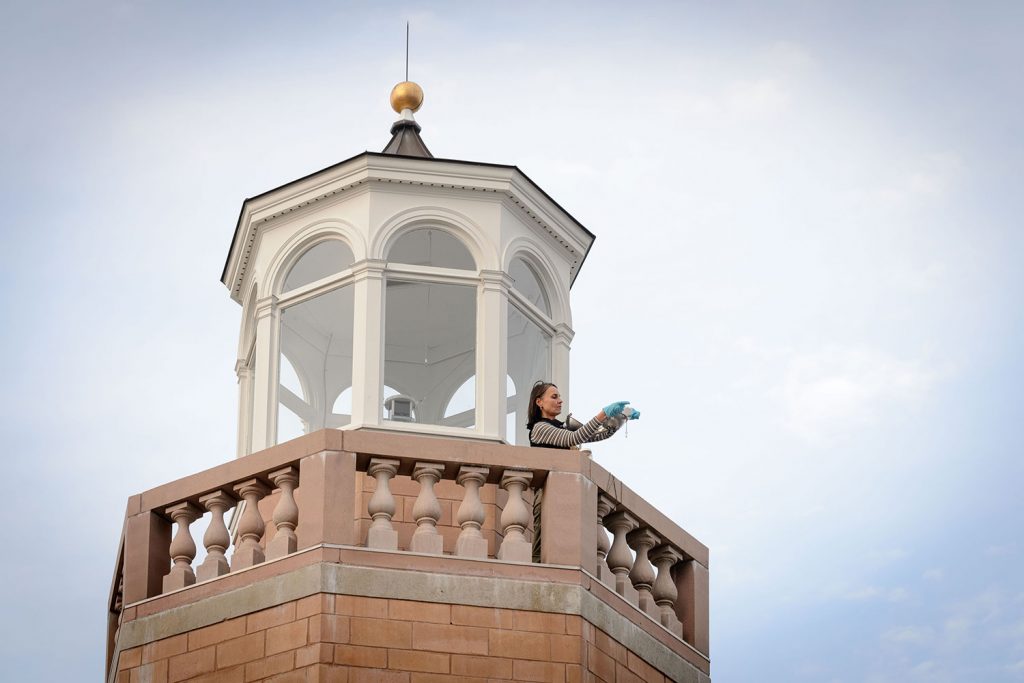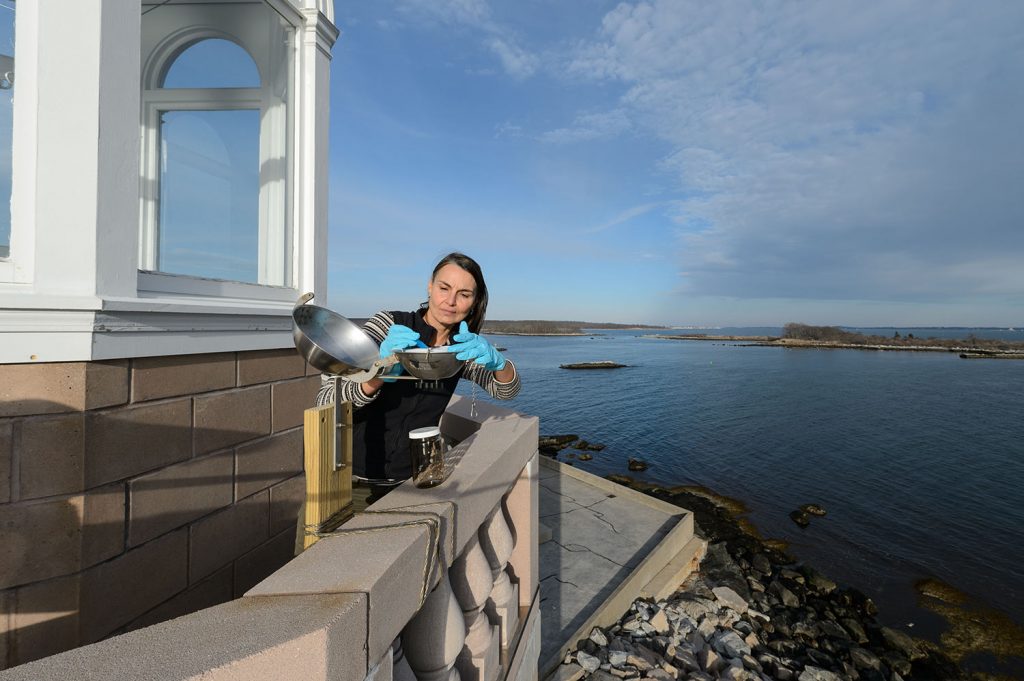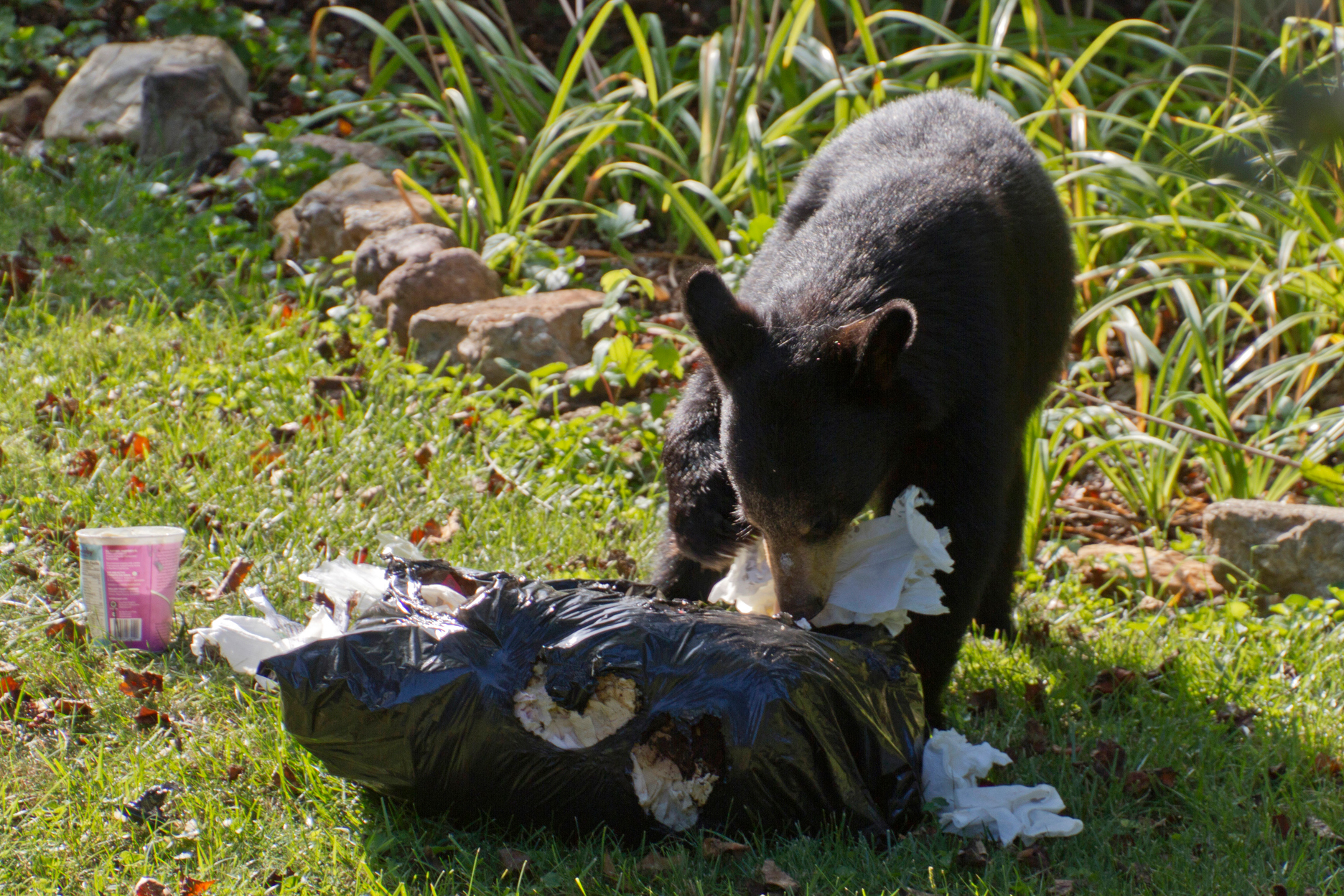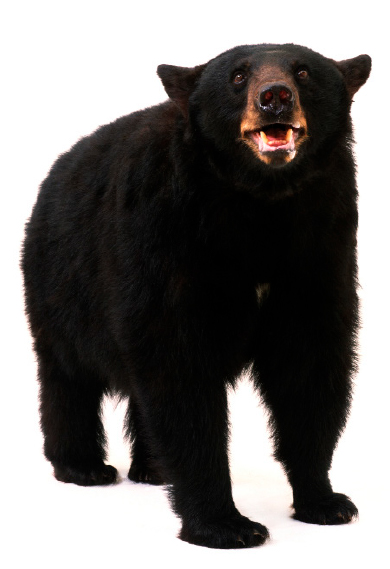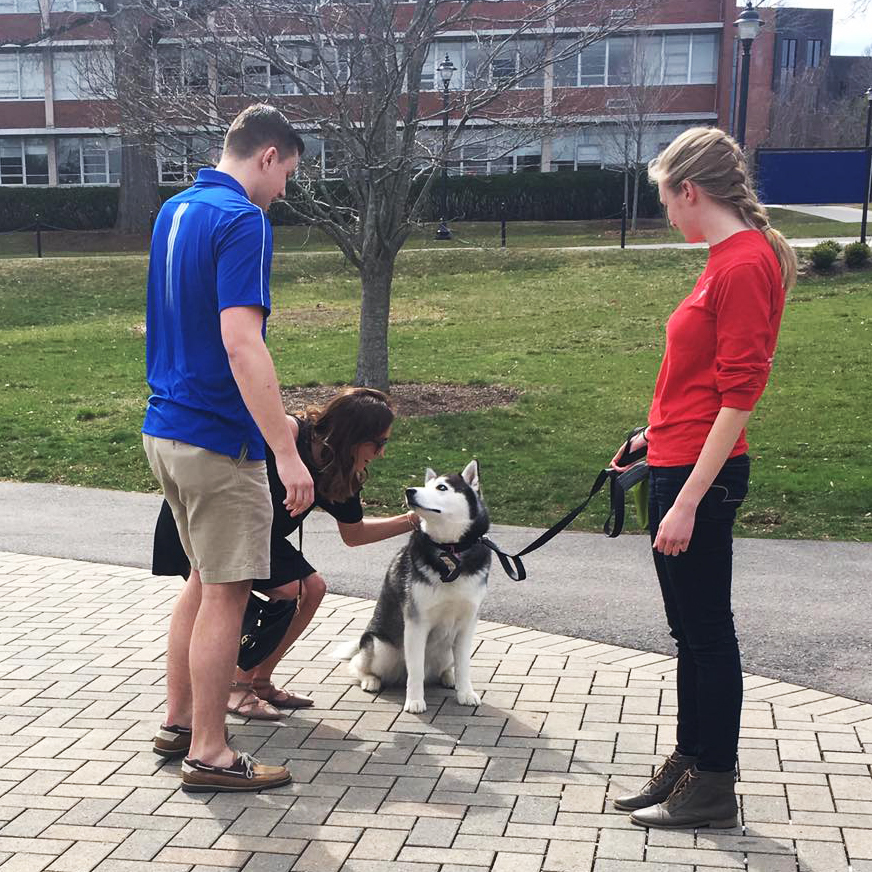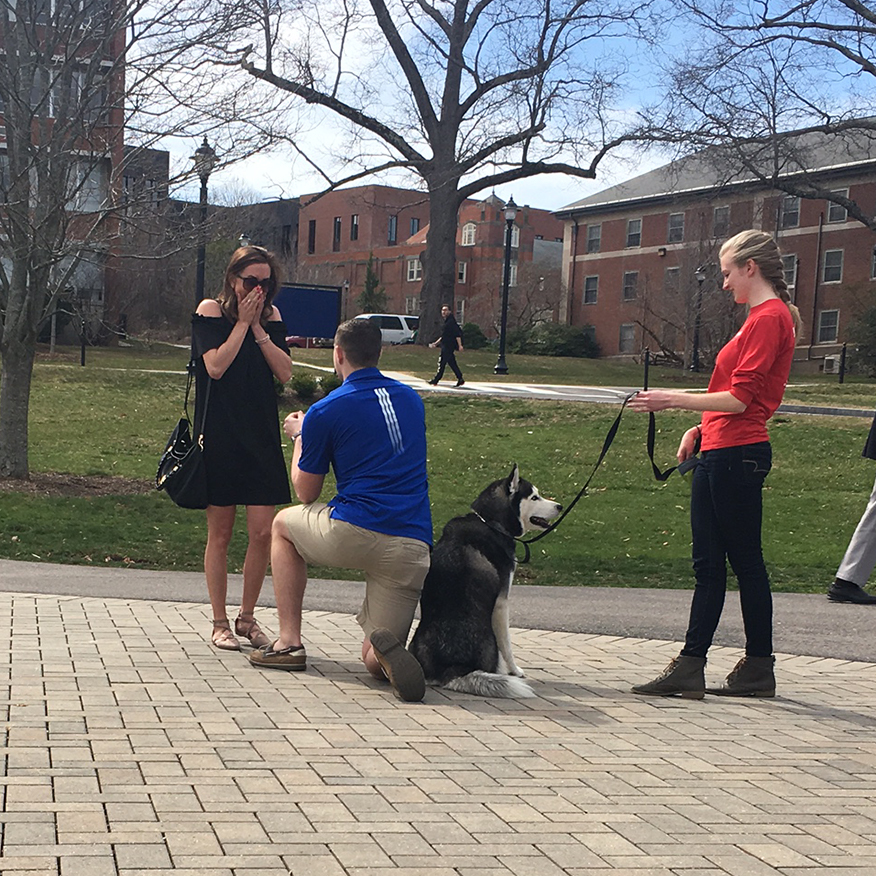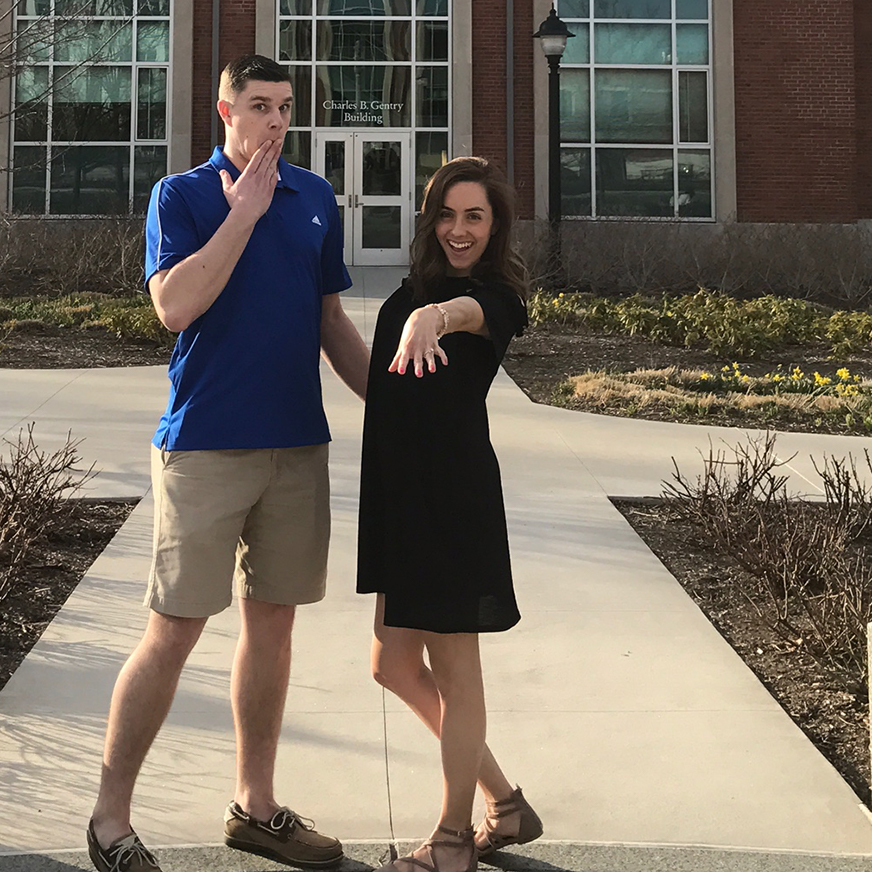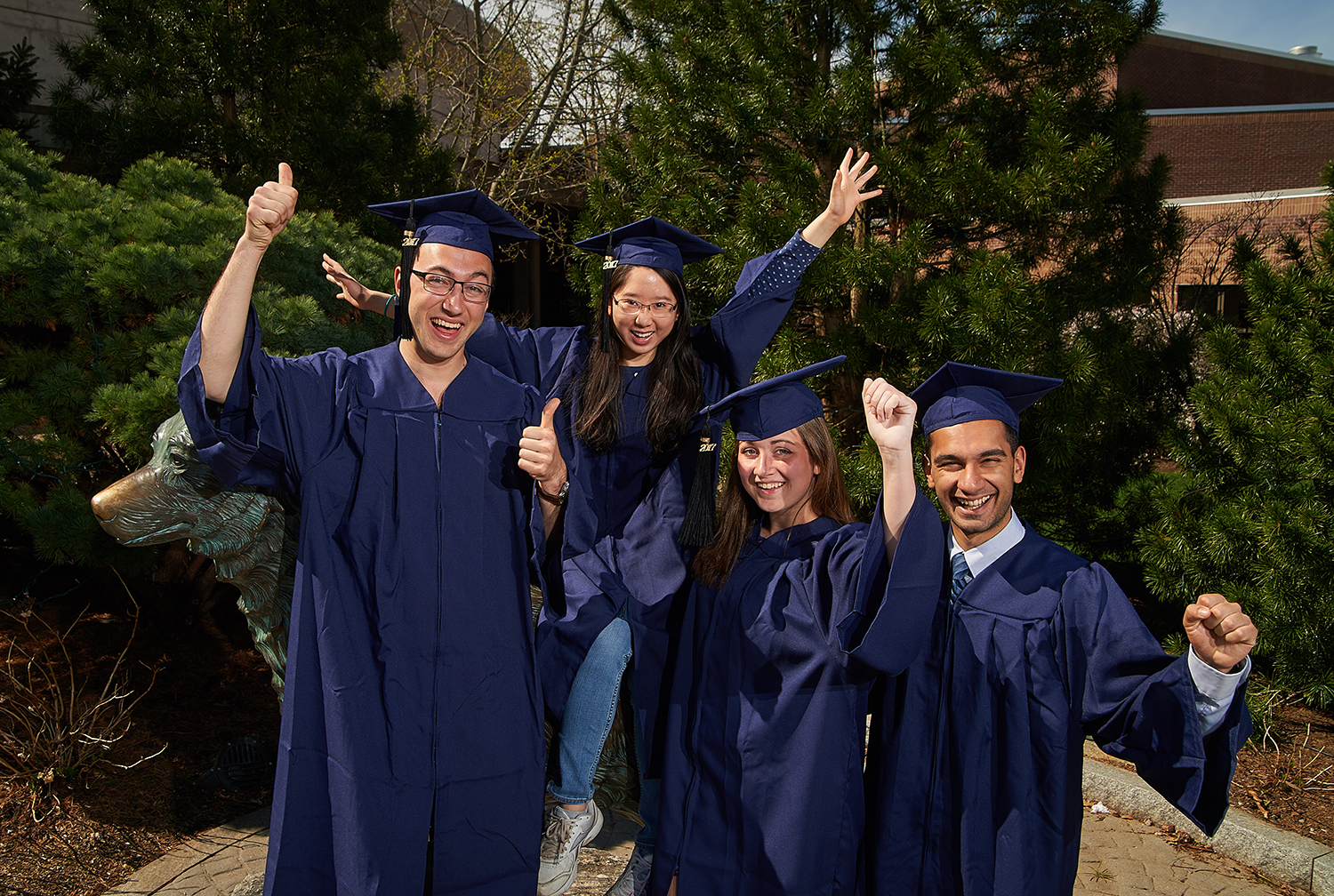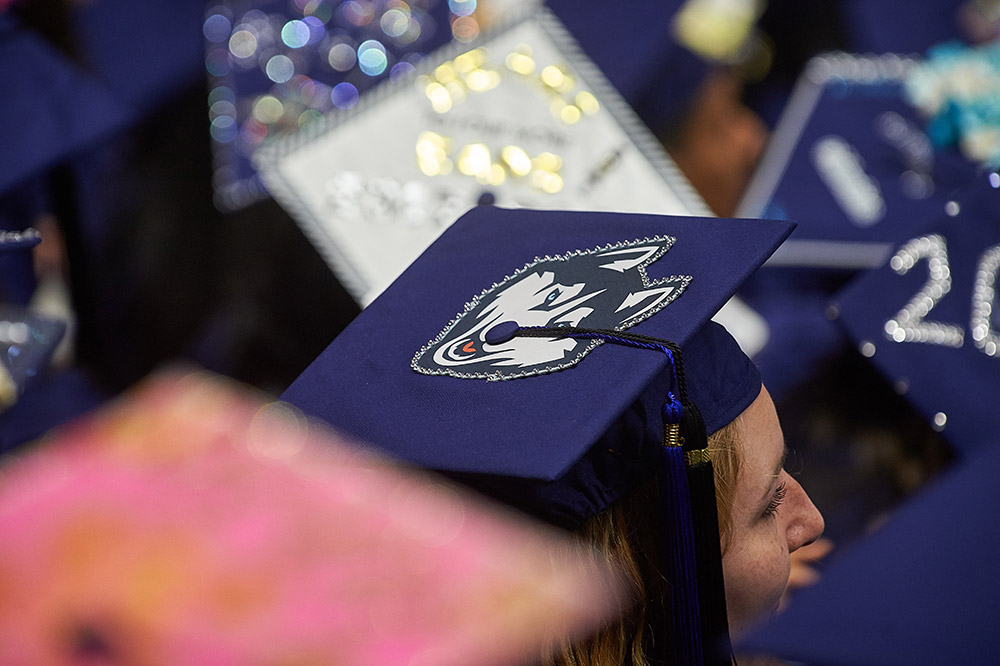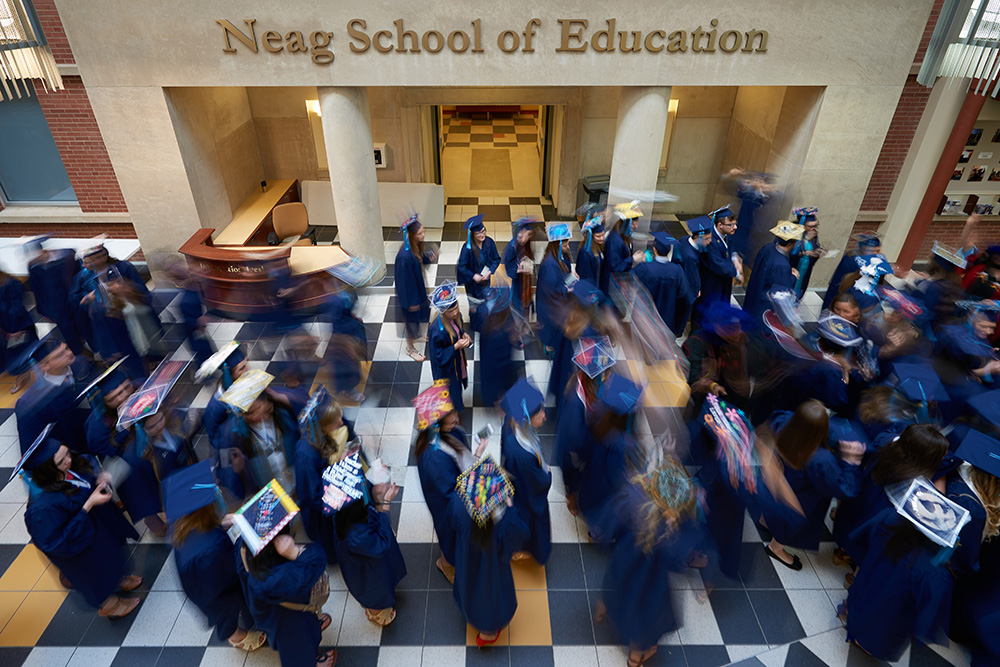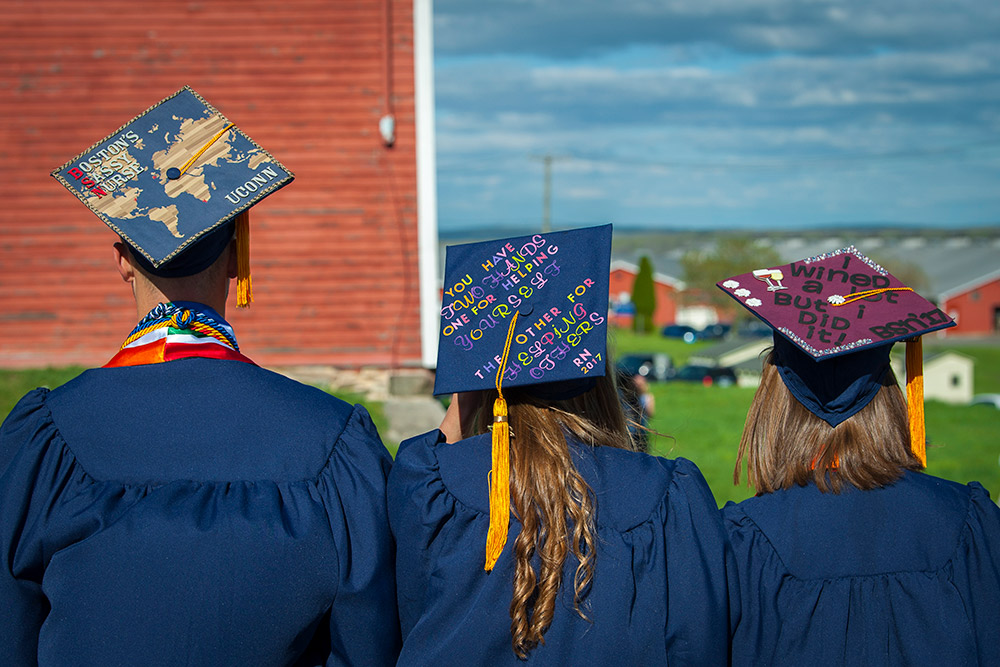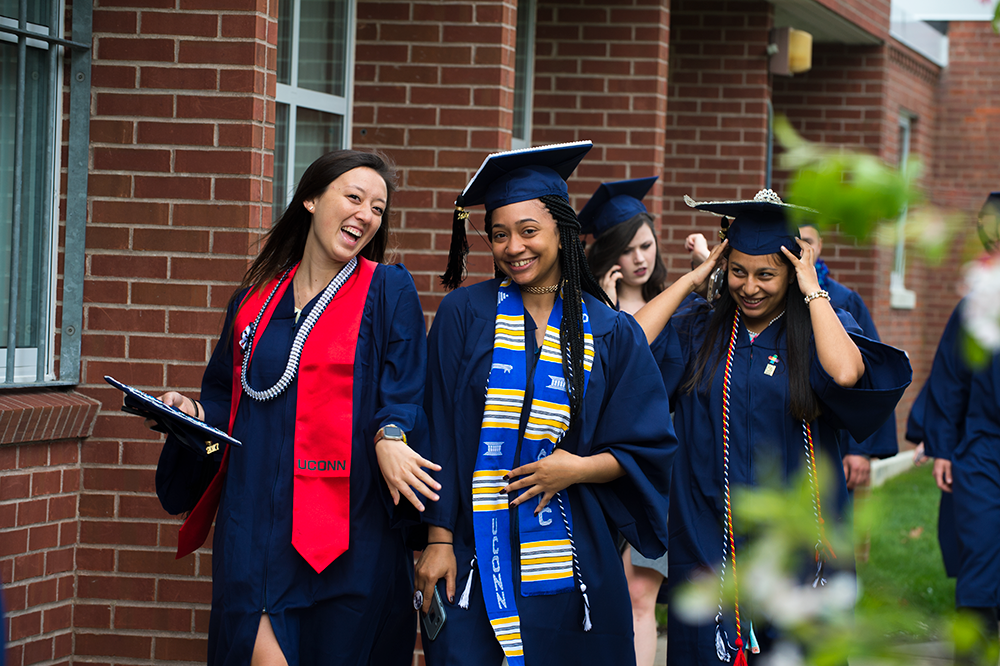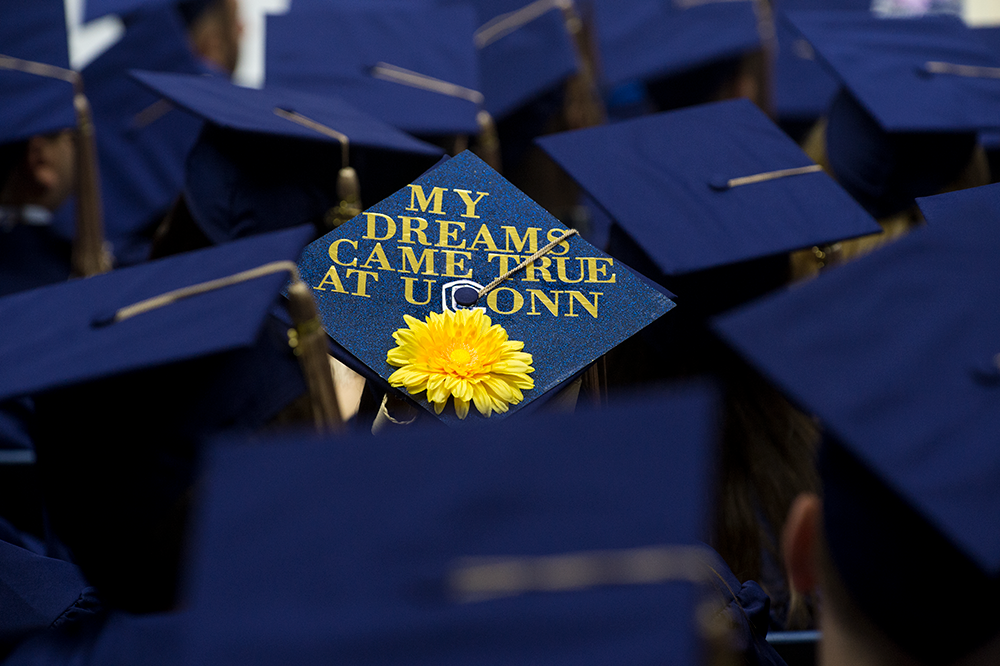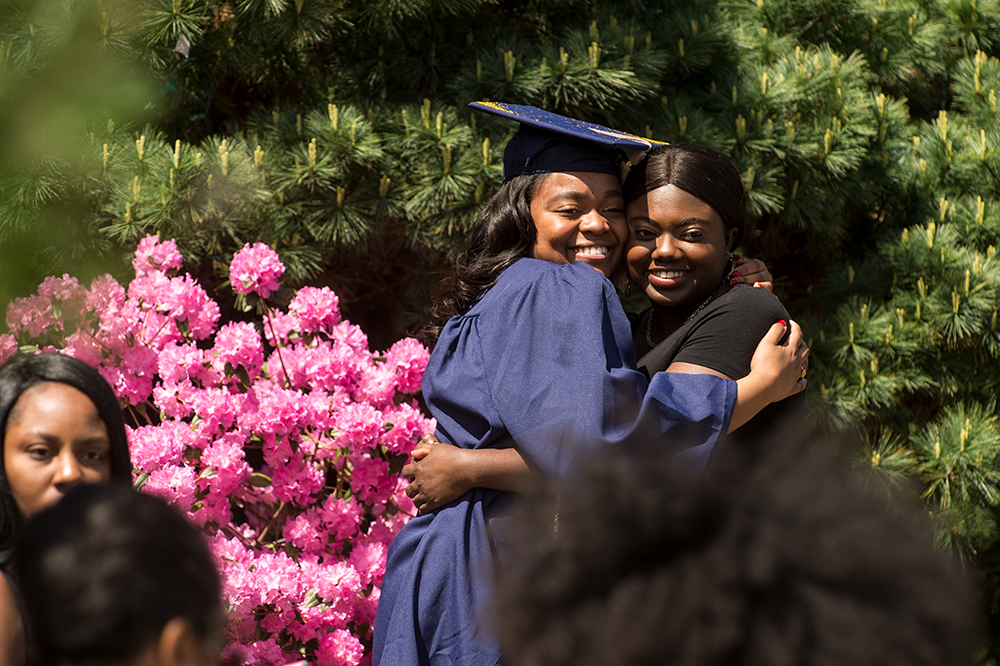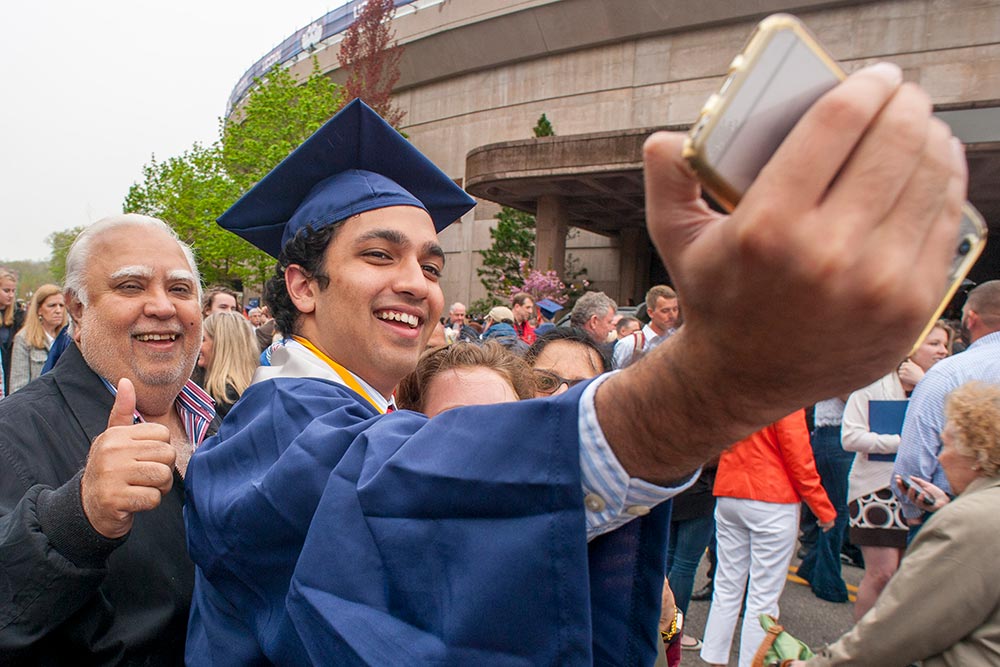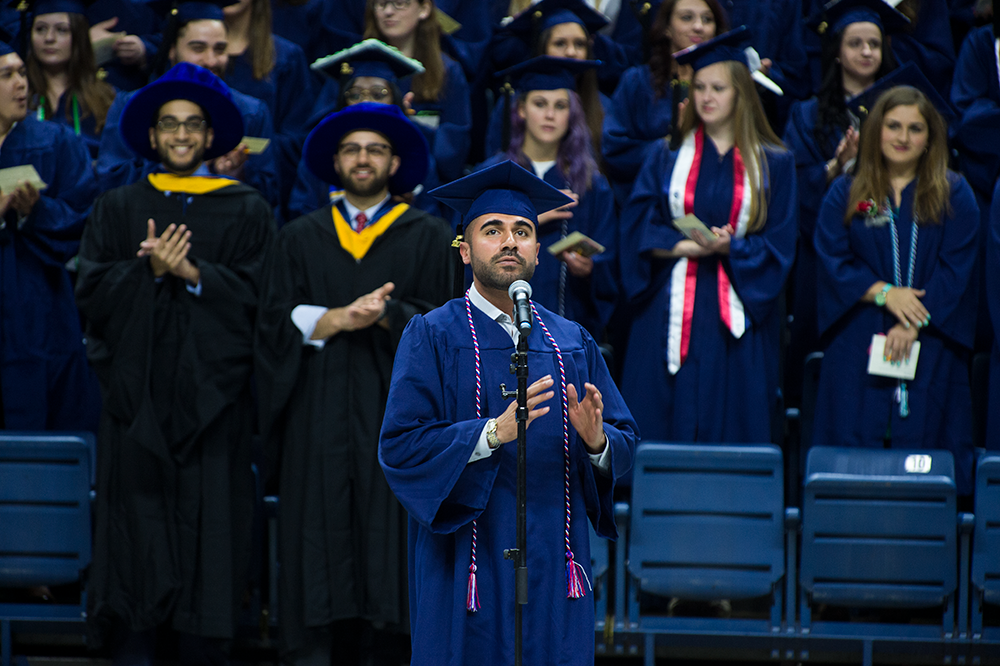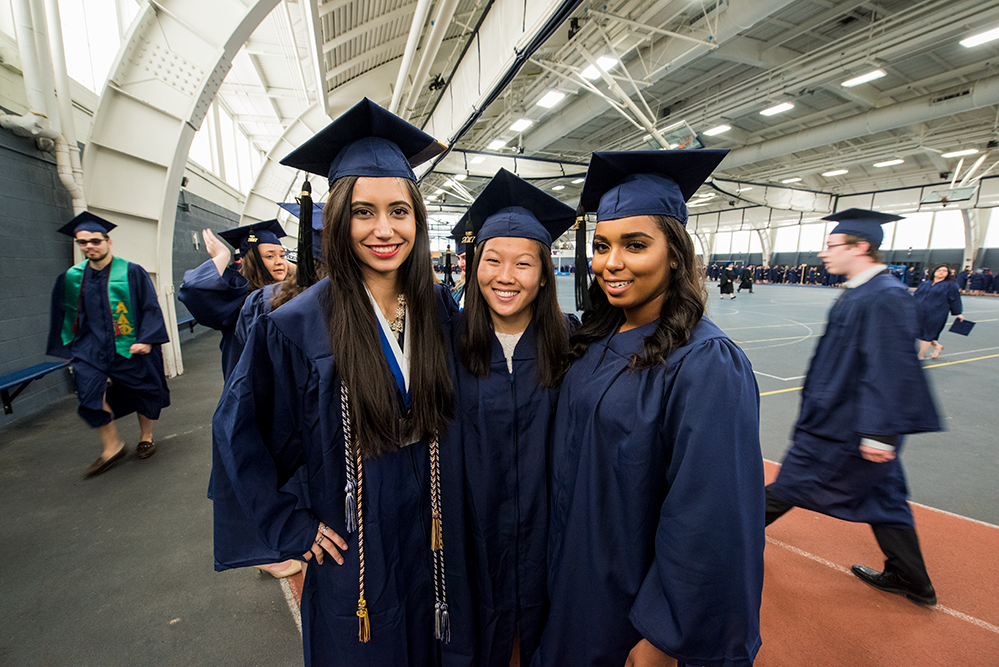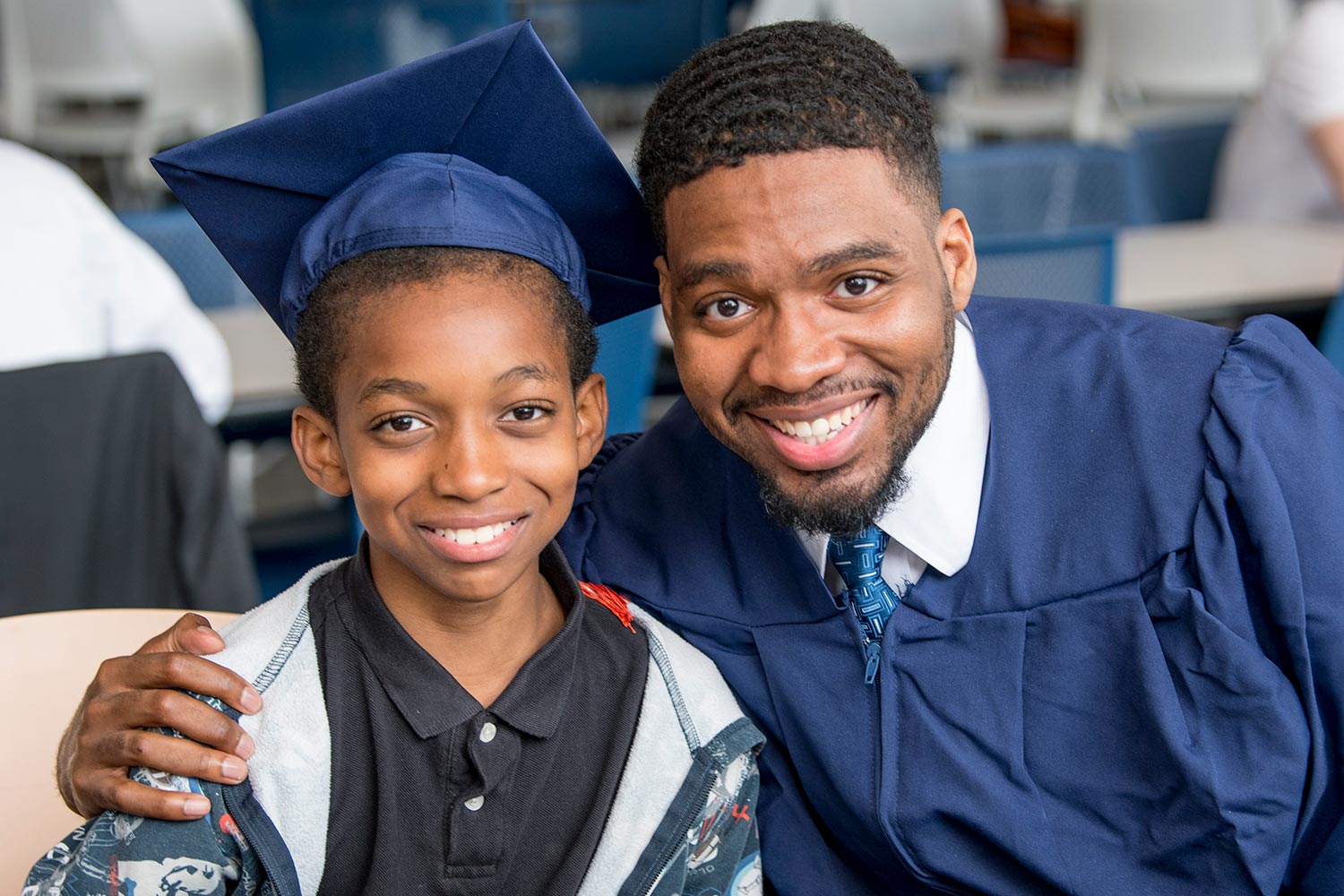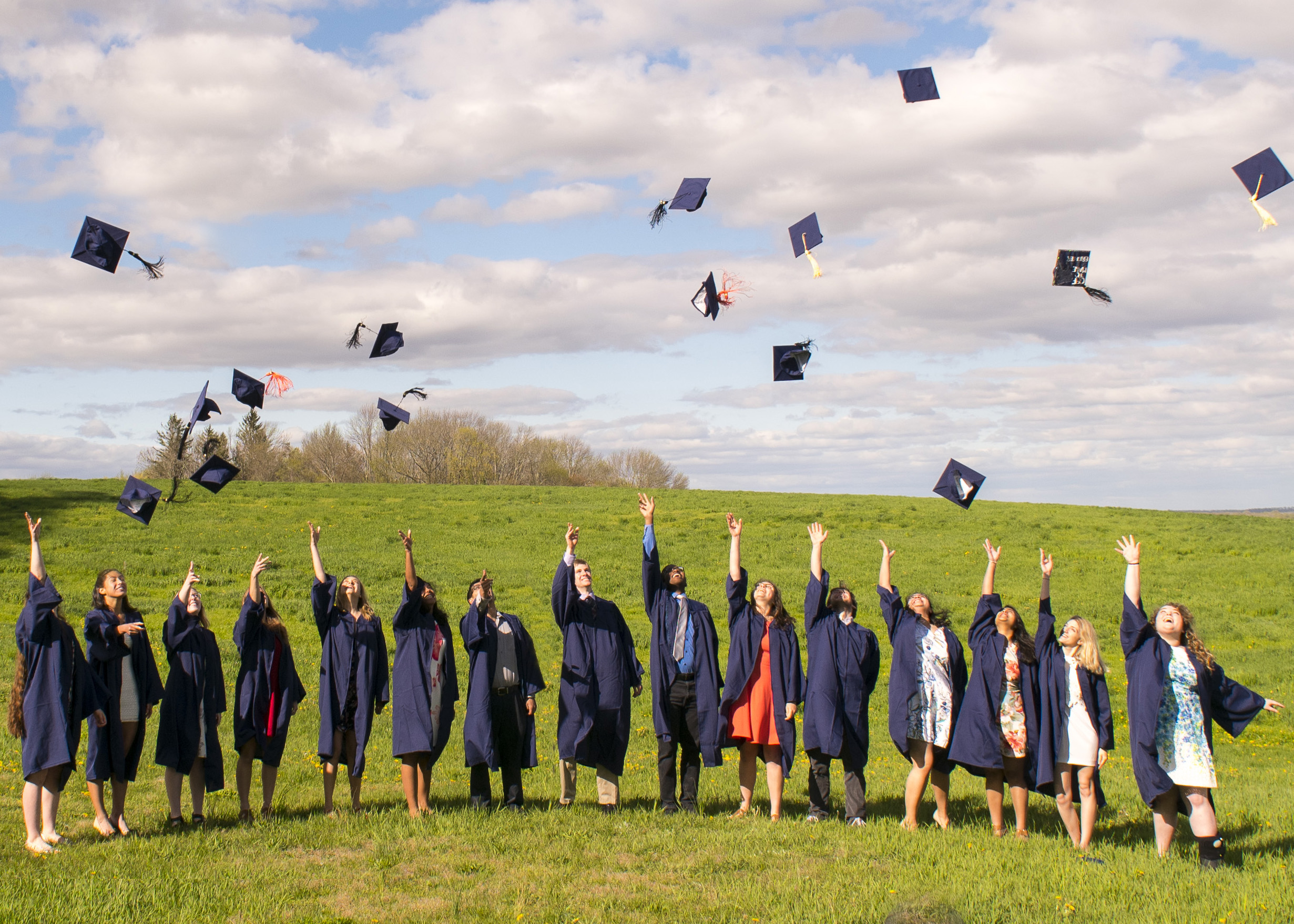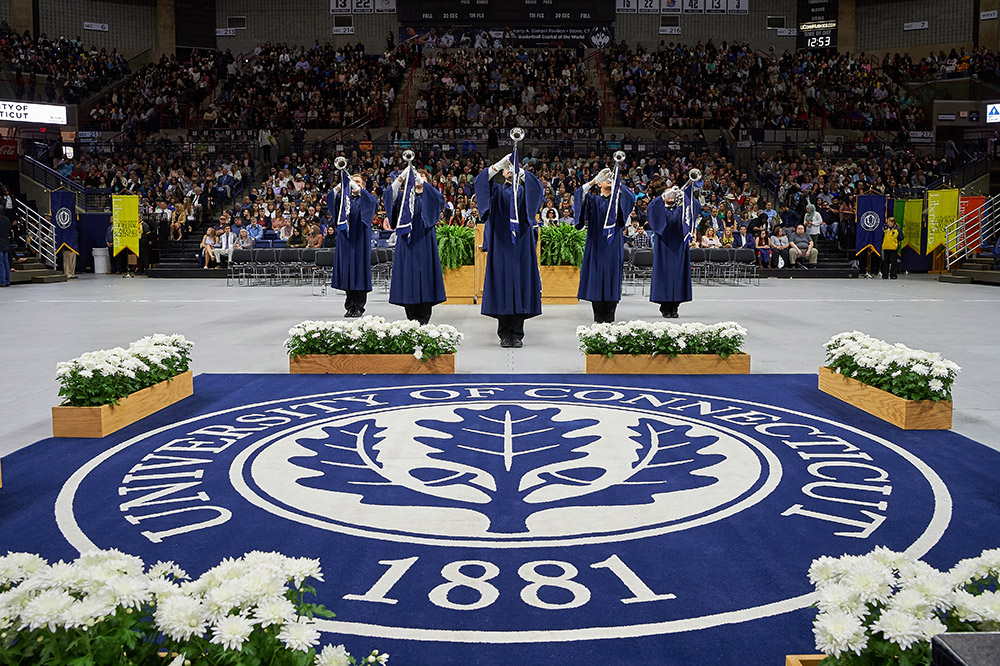Jacquelyn Khadijah-Hajdu
Almost a year after graduating, Jacquelyn Khadijah-Hajdu ’16 (ENG) found herself in Storrs for the annual spring semester Career Fair ”” except this time she was collecting resumés rather than handing hers out.
She says she felt an unfamiliar sense of disconnect from the students approaching her table, despite having walked in their shoes less than a year ago. “It’s hard to use words to describe how different it is,” says Khadijah-Hajdu, who is from South Windsor, Connecticut.
After graduating with a degree in electrical engineering, she spent her first year out in the “real world” working for Applied Physical Sciences Corporation (APS), even though working wasn’t originally part of her post-grad plan. Khadijah-Hajdu says she had planned to focus solely on pursuing a master’s degree, but when she received the job offer from APS, it was too good to pass up. And the best part? Her employer is paying for her to pursue her master’s in electrical engineering at UConn.
Khadijah-Hajdu says she owes at lot of her ease in finding a job to UConn’s research opportunities. She worked with her professors on research projects and participated in a senior design project where her group created a product that measured the strength of a military dog’s bite. “It helped a lot,” she says. “That was what attracted [my employers] to me. They were like, ”˜You’re doing a lot of research as an undergraduate. We think you’d be good here.’”
Adjusting to work life wasn’t entirely easy for Khadijah-Hajdu. On top of adapting to 40-hour weeks, she was thrown into an in-progress project without a clue about what was expected of her. “Sometimes they’d be like, ”˜Oh you need to make sure the compass works.’ And I think, ”˜Okay, what is the compass? Where is the compass? What do I need to make sure works about it?’” she explains. “I talked to a couple of people and they told me, ”˜You have to get used to that. That’s how it is here.’” Now she says she is much more confident in her abilities to take initiative in a project.
Looking back, Khadijah-Hajdu says she probably put more pressure on herself than her employers put on her. “You wonder if you are meeting the expectations people had when they hired you, catching on fast enough, et cetera,” she says. “But there is a period of training and catch-up time, and even though I’ve been working for about a year, I still have some catching up to do.” ””EMMA CASAGRANDE ’18 (CLAS)
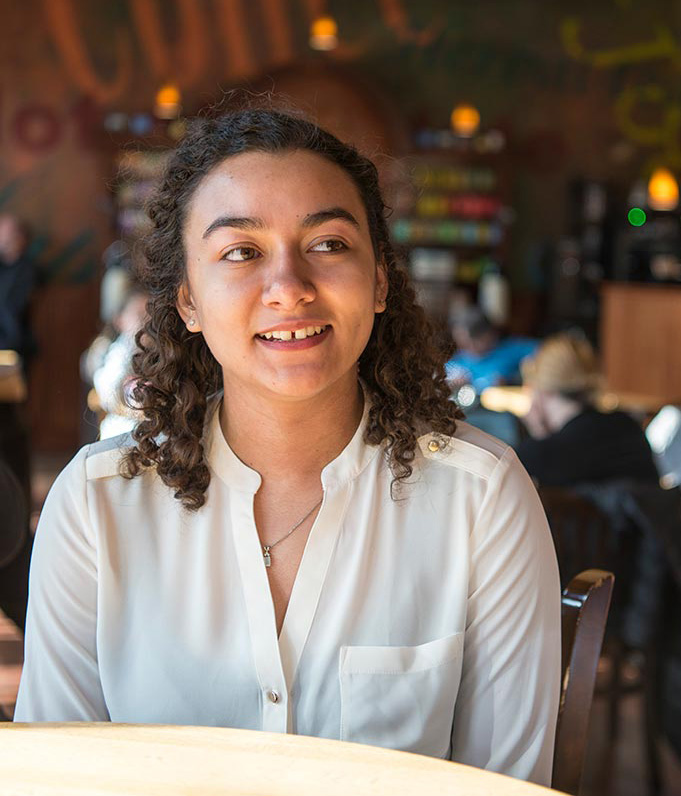
Ryan Glista
Khadijah-Hajdu takes a break at Dog Lane Cafe in Storrs Center in between working the campus job fair for her new employer and attending a graduate class in electrical engineering.
